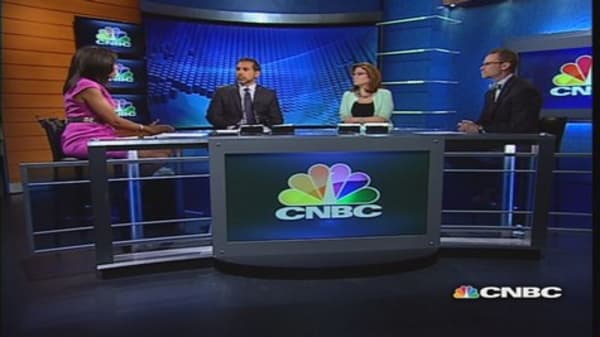Just like death and taxes, financial advisors know that markets going up and down are inevitable. Yet in the midst of the 2008 financial crisis, it took every ounce of resolve to remember that good times would return.
That experience five years ago was so jarring for some advisors that they completely had to rethink the way they conducted business.
Take for example, Lea Ann Knight, founder of Waltham, Mass.-based Garrison/Knight Financial Planning. During those dark, ugly months when the Standard & Poor 500 plummeted 45 percent from the day of the Lehman Brother's bankruptcy announcement on Sept. 15, 2008, to its lowest point on March 9, 2009, Knight was spending 10 hours a day on the phone with clients trying to convince them not to sell.
"I was telling them (not to sell), but I was really worried too," she said. Much to her disappointment two clients—one in her early 50s and the other already in retirement—did sell, locking in their respective losses.
A broker with Edward Jones at the time, Knight wasn't getting paid when clients took her advice to stand pat, since brokers are paid by commissions on the purchase and sale of securities.
"The way you make lots of money is constantly selling clients investments or selling them out of investments," she said. "But I stand by the advice I gave them and I wouldn't do it any other way."
That's when it hit her, she said. Knight decided the business model she was working in no longer made any sense for her.
(Read more: Investor year-end 'to do' list)
She formed her own fee-only financial planning firm a few months later in June 2009 and is now affiliated with the Garrett Financial Network and charges an hourly rate.
To be sure, the financial crisis tested advisors and clients alike because not many people were prepared to withstand such a severe and sudden drop in their net worth.
"I had never seen anything like it before," said Ted Sarenski, principal with Blue Ocean Strategic Capital in Syracuse, N.Y. "I was frightened myself, but I couldn't let (my clients) know that."
(Read more: Roubini: 2008 sequel coming)




